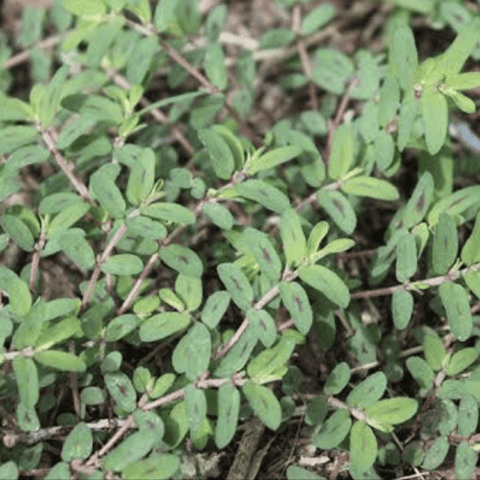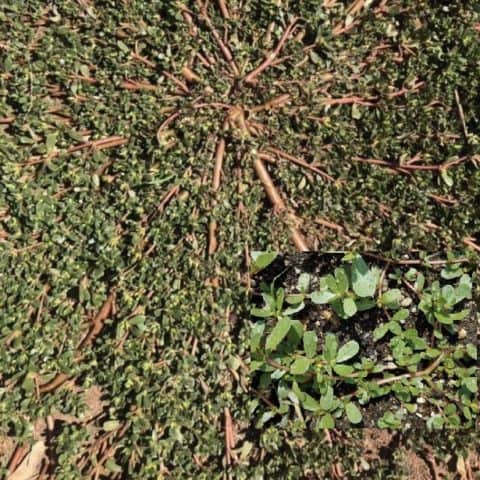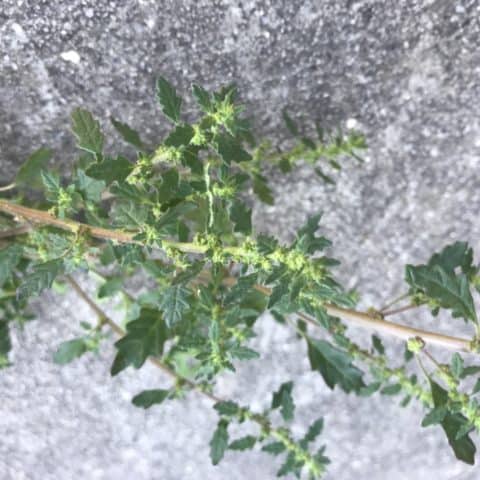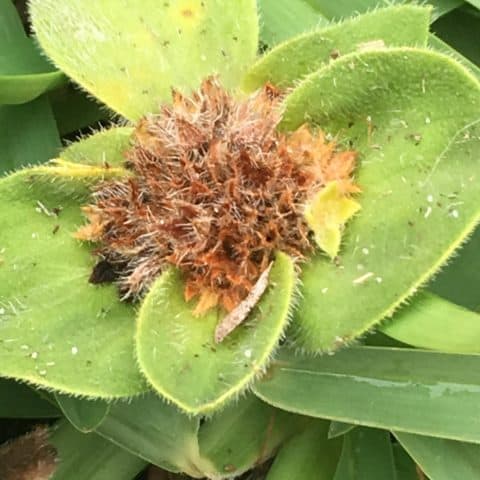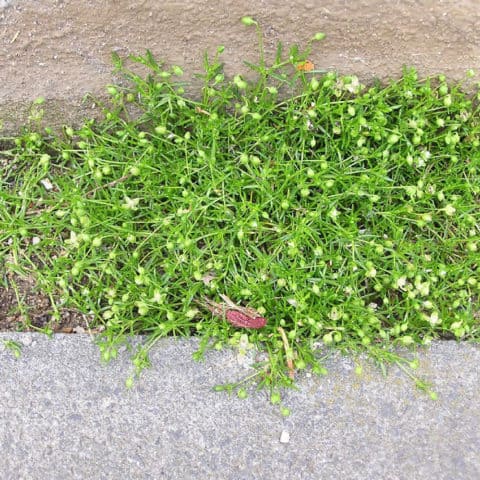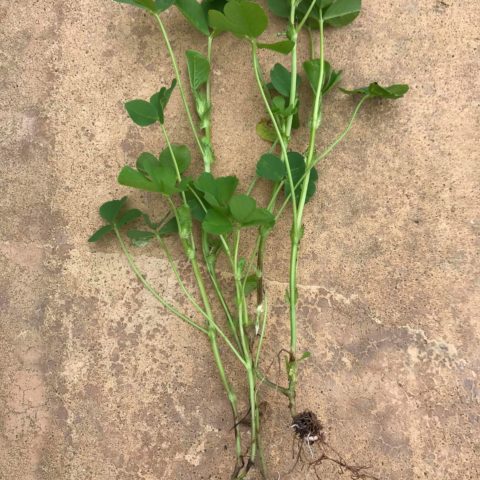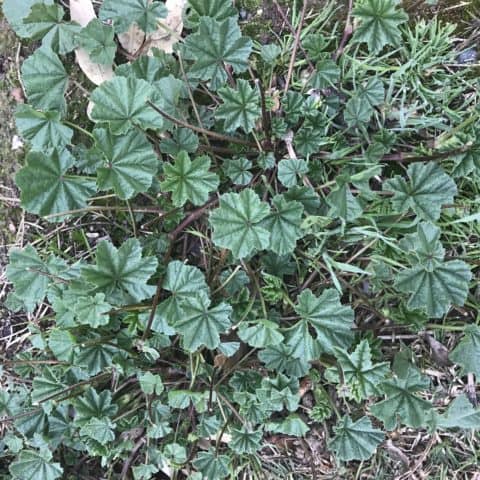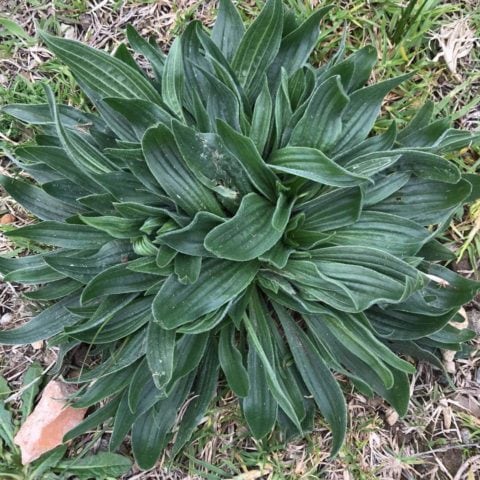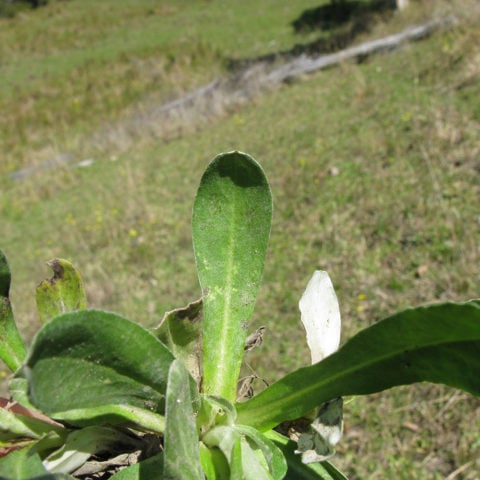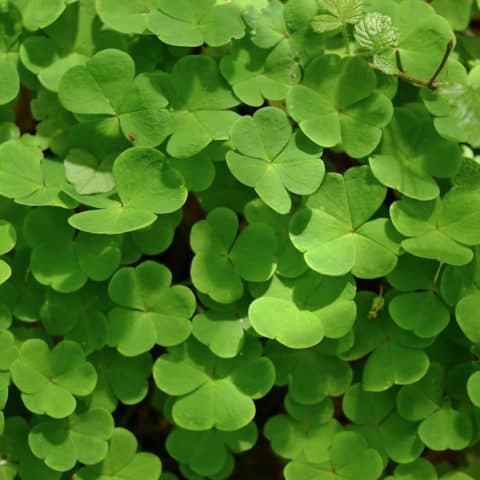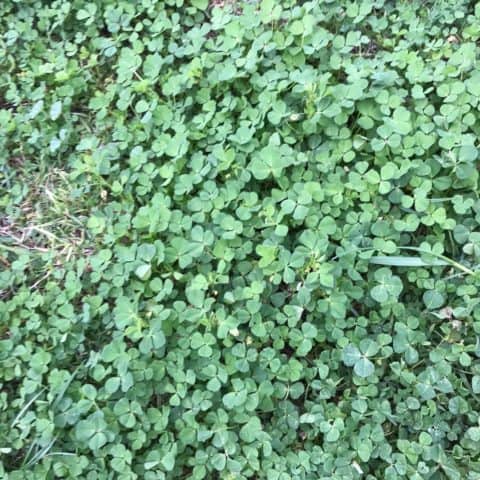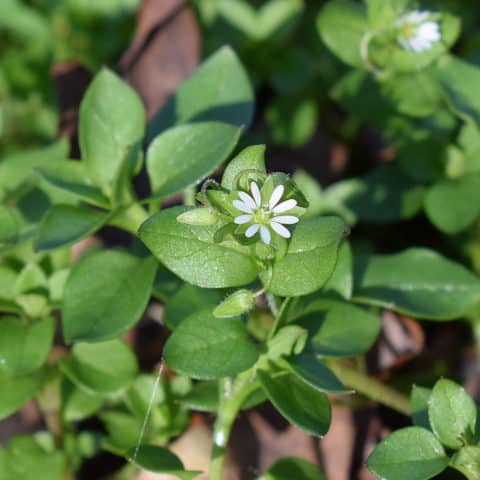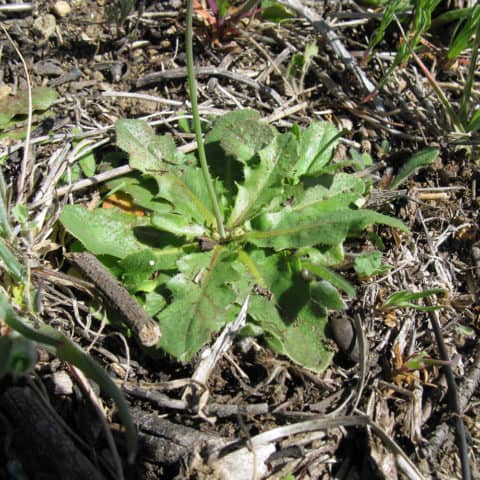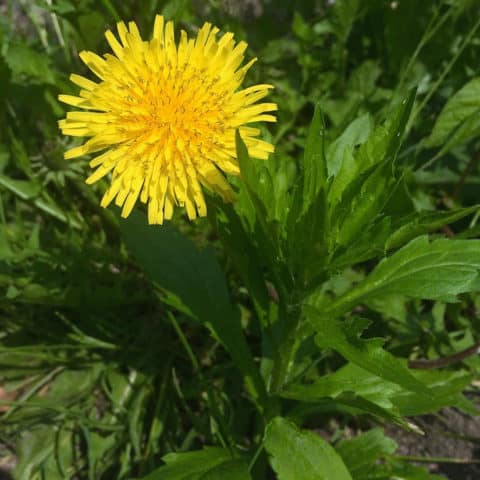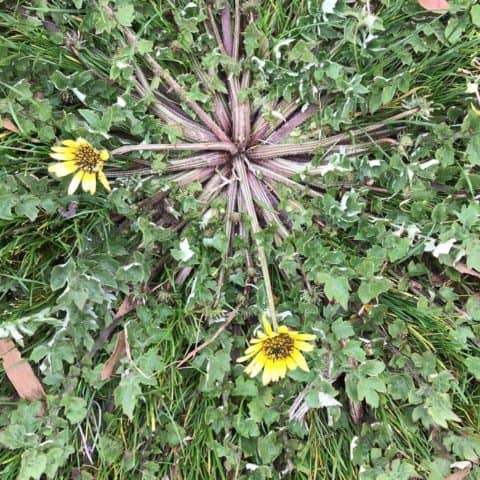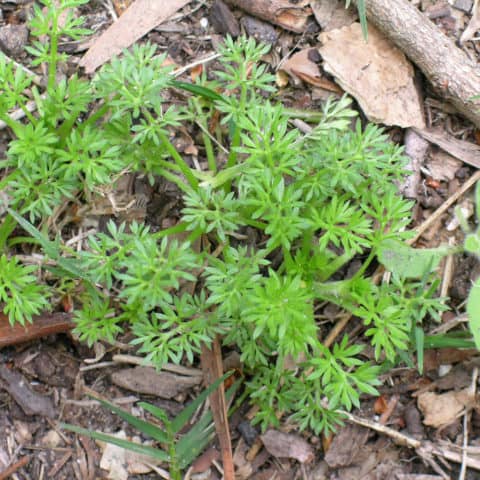Broadleaf
Spurge
Commonly referred to Prostrate Spurge, Creeping Spurge and Spotted Spurge. It’s an aggressive prostrate or low growing weed, resembling a mat up to a meter in diameter when established. Has opposing leaves along the stems and runners, and often seen with a darker spot in the middle of each leaf. The runners and stems are …
Read morePurslane/Portulaca
Purslanes and Portulaca are a low growing 0 to 200mm high, a prostrate to decumbent often flowing succulent annual weed. Stems and runners are normally soft and pink to brown in colour. They are very common in a variety of soil types especially after having been recently disturbed. There are many varieties of this weed …
Read moreCrested Goosefoot
Crested Goosefoot also know as Crested Crumbweed, is a lower growing prostrate or spreading weed, it can grow 30cm tall. Leaves leave are alternating along the reddish stems and when crush are quite aromatic. Stems are not woody and spreads quickly from the crown and one main thick tap root, from this numerous course roots …
Read moreRichardia Brasiliensis (White Eye)
Richardia is an annual spreading prostrate weed, often growing to 50-60 cm across and 10 cm tall. This species of Richardia is quite common in Australia it has a thick white central tap root usually contorted from the crown of the plant. The crown is made up of green prostate stems, many branched with very …
Read morePearlwort (Sagina Procumbens)
Pearlwort is a dense, low-growing broadleaf weed with smooth, slender stems rooting at the nodes. Oppositely arranged, thin, grassy like leaves up to 14 mm long branch out from the stem at close intervals, not broadleaf in appearance. These heavily branched stems form a mat-like growth habit that forms thick ground cover. Small, inconspicuous flowers …
Read moreBurr Medic (Medicago Polymorpha)
Burr medic is another of the trifoliate type lawn weeds, meaning its leaves are grouped together in bunches of three. With serrated green leaves, it has long reddish creeping stems, and small groups of pea sized often yellow flowers. It grows prickly burrs, which begin as small green pods and later dry out, becoming brown …
Read moreMallow (Malva Parviflora)
Mallow or marshmallow is native to Europe, Asia and northern Africa but has made itself at home in all Australian states. It grows in every soil type and is commonly seen in disturbed areas such as roadsides, cultivation, around buildings, stock yards, along watercourses and in rundown pastures. At Lawn Addicts, we provide recommended herbicides …
Read moreLambs Tongue/Plantain (Plantago lanceolata)
Lambs tongue, or plantain, is a perennial rosette forming monocot with long, narrow leaves ending in a tapered point. The leaf blades possess distinctive parallel veins and are often twisted or curled along the margins. The seed head is a dense spike produced on an erect, leafless stalk that rises up to 45 cm from …
Read moreCudweed or Daisy (Gnaphalium Spp.)
Cudweed is an annual or biennial weed with a rosette forming growth habit. The leaves are broad and obovate (egg shape) in shape and possess a dull green upper surface with a soft, white or silver hairy underside. Growth begins as basal rosette forming stems with upward growth occurring as the plant matures. Cudweed flowers …
Read moreOxalis (Oxalidaceae)
The Oxalis family of weed is one of the largest broadleaf weed families. Common varieties encountered are Soursob, Purple Oxalis, Wood Sorrel, Creeping Oxalis, and many more names. With more than 30 varieties in Australia, not all are weeds many are ornamental plants. Oxalis is often mistaken for clover. However, while they both can have …
Read moreClover (Trifolium Repens)
Clover is noticeable by its ball-like flowers, which can often be partially yellow or beige colouring. It has trifoliate green leaves and rapidly growing green stems which grow quickly to spread the weed very efficiently, often becoming large weeds. As well as propagating new plants, it will take control of a lawn in no time …
Read moreChickweed (Stellaria Media)
Chickweed is a common weed. With many varieties, ‘Common Chickweed’ is the most encountered. A small plant with shiny leaves with multiple stems, Chickweed produces a single white flower on each stem. Its invasiveness into healthy lawns is rare and it doesn’t like to compete. Chickweed prefers to germinate and grow barer patches of turf. …
Read moreCatsear (Hypochoeris Radicata)
Catsear, also known as flatweed, is similar to dandelion but are different species. The two plants look similar, have similar features, and are also treated the same. The lifecycle of the Catsear and dandelion can be controlled by regular lawn mowing whenever its flowers or seed heads are apparent. By constant removal of its seeds, …
Read moreDandelion (Taraxacum Officinalis)
Dandelion is perennial weed which often become a nuisance in turf. It is quite drought tolerant with a deep tap root able to withstand dry conditions beyond what the turf can handle. On maturing, the yellow flowers become the fluffy white balls we know as “fairies”. The cycle of the dandelion can be controlled by …
Read moreCapeweed (Arctotheca Calendula)
Capeweed is an annual cool season broadleaf weed, low to the ground with light green leaves and distinctive large serrated outline, while the underside of the leaves is usually a textured, silvery-white colour. Germination usually commences in mid to late autumn, and the lifecycle continues until late spring or early summer when it sends out …
Read moreBindii (Soliva Sessilis)
Bindii is a low growing weed. It produces a single flower in the middle, and at maturity produces a prickly seed pod we all hate. Bindii can be easily treated and removed by common and easy methods. The continuing lifecycle of bindii weeds really can’t be controlled by regular lawn mowing. Mowing doesn’t control the …
Read more
